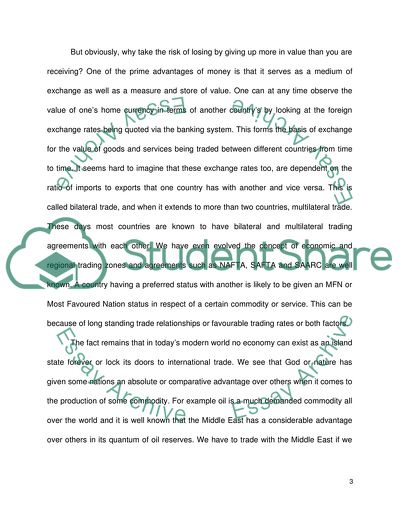Cite this document
(“International Trade: Is the Theory of Comparative Advantage Obsolete Assignment - 1”, n.d.)
Retrieved from https://studentshare.org/marketing/1413311-international-economics
Retrieved from https://studentshare.org/marketing/1413311-international-economics
(International Trade: Is the Theory of Comparative Advantage Obsolete Assignment - 1)
https://studentshare.org/marketing/1413311-international-economics.
https://studentshare.org/marketing/1413311-international-economics.
“International Trade: Is the Theory of Comparative Advantage Obsolete Assignment - 1”, n.d. https://studentshare.org/marketing/1413311-international-economics.


